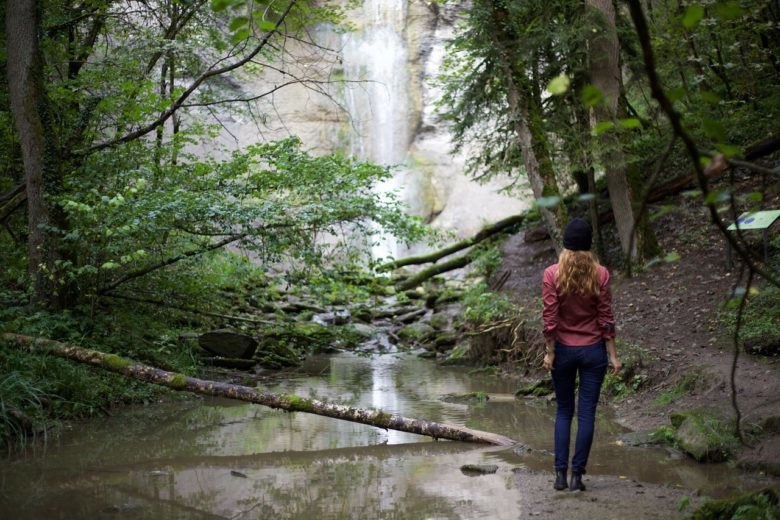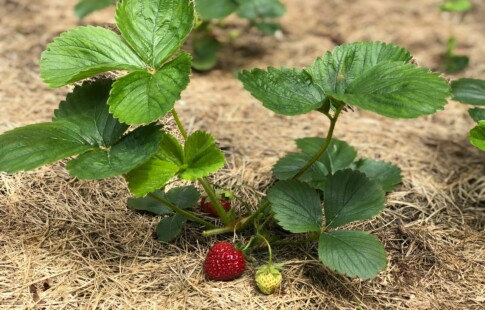
The Rise of the Homesteading Lifestyle Among Millennials
We are reader-supported. When you buy through links on our site, we may earn affiliate commission.
A growing number of young people are returning to the land. The appeal of the homesteading lifestyle has attracted millennials to live differently, growing their own food and living a bit lighter on the earth. Even as a generation raised in a technology-focused time, these young people are seeking out ways to live more connected to their environment. The motivation behind seeking a more agrarian lifestyle seems to be rooted in two things — living more authentically and environmental sustainability.
A Cultural Shift
While it is difficult to characterize an entire generation, millennials are often defined by the Internet age. The Pew Research Center defines millennials as anyone born between 1981 and 1996. This age was that of the first cell phone, lots of VHS tapes and personal audio devices.
Millennials seeking out homesteading lifestyles are interested in connecting with their environment, rather than connecting online. Unlike homesteading movements in the past, this marks a notable shift in the motivation behind these lifestyle choices. Young homesteaders demonstrate a marked interest in living a more connected life, with their community, the land and the things they consume. While this desire to live more authentically is a privilege, it also reflects shifting values. This growing interest in self-sufficiency, including foraging for food and identifying wild edible plants, pushes back on the rampant consumerism many millennials found growing up. It’s no wonder that millennials are also leading lifestyle trends like minimalism and other modes of sustainable living. A return to living off the land marks a cultural shift, as more young people look for an alternative path forward.
Making a Living on the Land
The desire to live in a different way is the main source of motivation for many young homesteaders. However, there are a number of factors that make this decision a reality. Many young people are not only homesteading, but they are able to make a living working on the land. There are a few key things that make this possible:
Online Community
Technology isn’t all bad. Things like social media and blog sites make it possible for young homesteaders to share their stories and garner advice from others. The full availability of online resources to hear stories about other young people who are successfully living on the land makes it easier for them to figure out what their success story looks like.
Alternative Energy
The growing options of cost-effective renewable energy sources such as solar panels are making off-grid dreams more accessible. While many homesteaders still choose to live in conventional homes, the opportunity to build a home, such as a tiny house, that does not need an electrical hook-up, makes homesteader much more affordable for young people.
Organic Farming
In addition to young people interested in self-sufficiency, there is also a rising number of young farmers, as millennials look to transform the industrial food system around them. Most millennials getting into agriculture are first-generation farmers, or a couple of generations removed. Most young and beginning farmers are interested in organic agriculture, as they see a need for better food and a food system that will mitigate climate change.
Self-Sufficiency and Climate Change
In addition to seeking a more authentic life, millennial homesteaders are also aware of the effects of climate change. They tend to seek a more active response, looking for ways to not only reduce their carbon footprint but also do something about it in a positive sense. Many young people are recognizing the value of being a producer, not just a consumer. The millennial generation tends to be more aware of the impact of climate change than older generations and feel a social responsibility to combat it. A tangible response to the world’s problems, like growing your own food, is just one of the reasons young people find homesteading so rewarding.
Homesteading Lifestyle Among Young People
Young people are getting their hands dirty when it comes to seeking out alternative ways of living. The number of millennials looking into the homesteading lifestyle is on the rise, as more individuals seek alternative ways of living that are more fulfilling and environmentally friendly. While some individuals seek complete self-sufficiency, churning their own butter and rising their own livestock, there are plenty of young homesteaders who live more sustainably while still being a part of the modern world.
One of the benefits for young people interested in homesteading is that there are ways to live off the land and still be an active participant in society. In other words, you don’t need to be a hippy anymore to live a simpler life. Access to renewable energy and a supportive online community are just a couple of the ways that millennials are able to trade in their suits for muck boots. Living close to the land seems to have its appeal for every generation, but the rise of millennial homesteaders signals a conscious effort to live more purposeful lives and help the environment.
Share on
Like what you read? Join other Environment.co readers!
Get the latest updates on our planet by subscribing to the Environment.co newsletter!
About the author

Jane Marsh
Starting from an early age, Jane Marsh loved all animals and became a budding environmentalist. Now, Jane works as the Editor-in-Chief of Environment.co where she covers topics related to climate policy, renewable energy, the food industry, and more.





